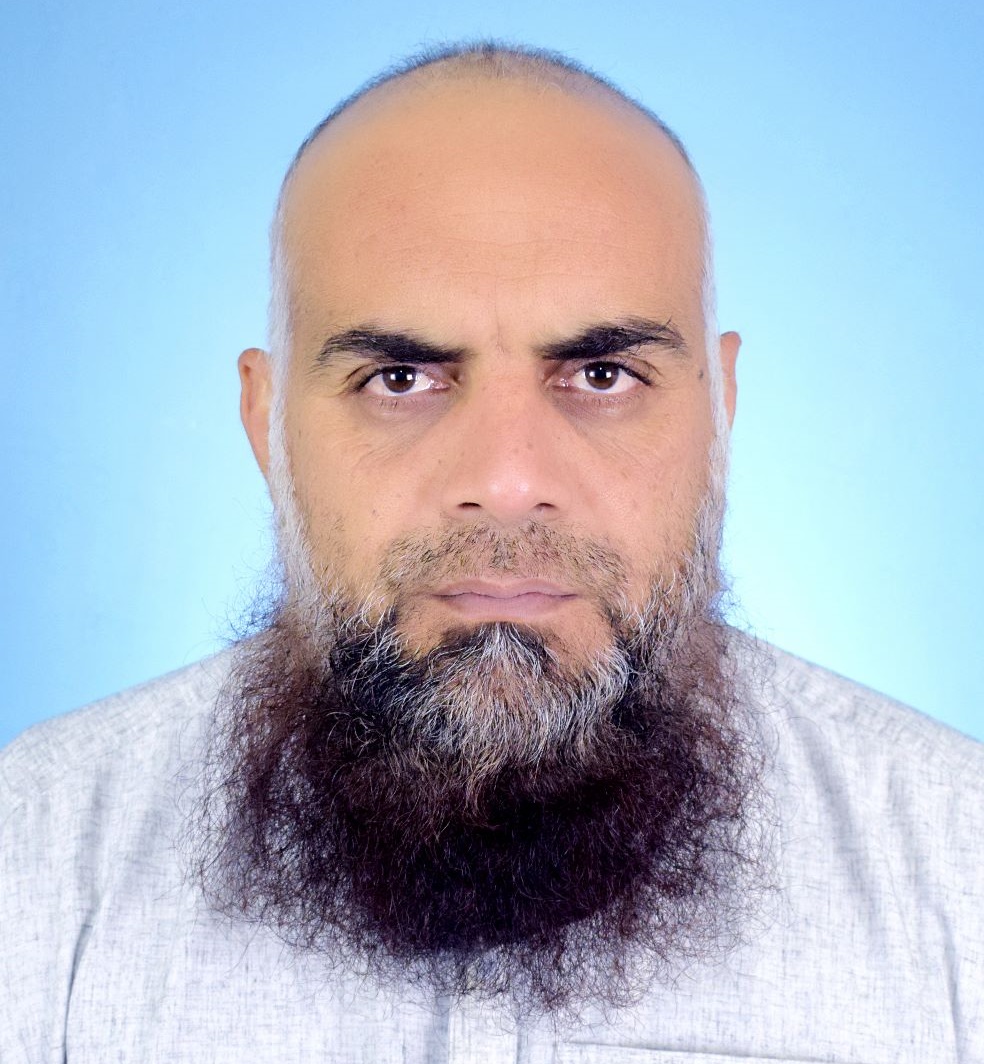Dr Musharraf Jelani
A disease is considered rare if it affects less than 1 in 2,000 people in Europe. In the United States, a disease is considered rare if it affects fewer than 2 million people of the US population. Hence, Pakistani population has its own unique structure. The variations in ethnicity, geographical, socio-economic status, cultural customs and marriage priorities have led this population to a “genetic island”.
Online Mendelian Inheritance in Man (OMIM) has listed 6,808 genetic diseases and 4,377 genes that either act solely (single gene disorders) or in combination with other partners (multifactorial disorders) (https://www.omim.org/statistics/geneMap). Genetic analysis of these traits was previously restricted to genome-wide linkage analysis using genotyping via STS markers (Marra et al., 1998). However, this tool had low resolution and some of the genome targets carrying the causative genes had a chance of not being detected. STS markers were immediately replaced by SNP genotyping which has a higher resolution, are efficient and more accurate (Wang et al., 1998). Linkage analysis tools are only specific to identify susspected loci of causative genes. The method still requires Sanger sequencing of all coding regions of candidates genes, which are sometimes more than 120, costing Rs360,000 in one patient. Furthermore, linkage analysis needs a large family size and multiple affected individuals for getting successful results.
Over the past two decades, Pakistani scientists either working indigenously or availing the international collaboration opportunity have exceptionally contributed to identifying new genes and novel phenotypes to rare disease genetics. With the advent of next-generation sequencing technologies (NGS), genetic analysis further became refined by establishing customized gene panels, whole exome sequencing (WES) or whole genome sequencing (WGS). The advantage of WES analysis over the customized gene panel is to provide a broader picture of human coding genes instead of focusing only on a few assessed in customized panels. WES has been widely used as a first-line diagnostic test in single-gene disorders across the globe. The key to the successful WES results lies in the availability of data analysis pipelines, which should be more population-specific compared to utilizing the general genome projects of other ethnicities.
Similarly, the clear clinical picture can only guide the molecular geneticists to look for the precise diagnosis, which though totally rely on the patients availability to clinical experts and high equipped hospitals. As most of such patients reside in far long areas and their economic status does not allow them to go for sorting out their problems.
Plenty of international companies are now offering fast and accurate results for the molecular diagnostics; however, first, these tests are never affordable (costing one 80,000 to 180,000 PKR per patient) by Pakistani community, as mostly affected families belong to a below average income. Second, these companies use reference genome sequences of other populations for the primary alignment of the NGS sequencing data, which has effect on overall accuracy of the results. Third, the diagnostics companies require precise clinical data which is only possible if genetic analysts works in a consistent cooperative collaboration with clinicians.
Keeping in view the above realities, we definitely need a National Genome Centre in Pakistan to look for resolving the local issues. This project has several advantages, (a) the genetic testing money will not go outside the country, (b) the genome sequencing data of such patients would be stored in a national database which could be used further for improving diagnostics and forensic studies, (c) this will also help to identify potential risks of diseases in future generations and provide a basis for genetic counselling and policymakers.
The writer holds a PhD degree in Biochemistry. He has around 20 years of experience in human genetics, disease research and molecular diagnostics. Currently, he is working as an assoicate professor and Director, Centre for Omic Sciences, Islamia College University, Peshawar. He can be reached at: mjelani@icp.edu.pk.
Related Posts






Comments